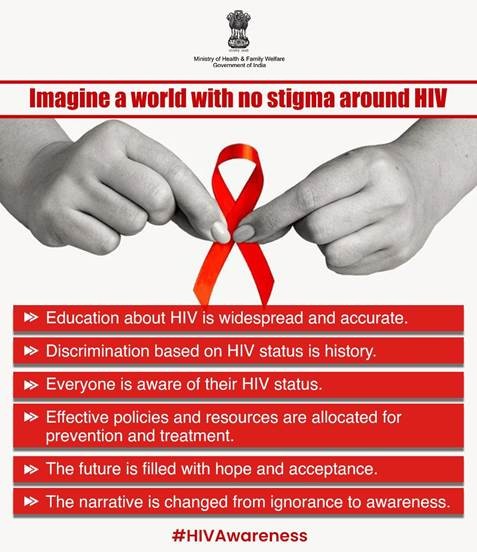



Hepatitis A is a viral liver infection that spreads through contaminated food and water. While usually mild in children, it can be severe in older children and adults, sometimes leading to liver failure. Improved sanitation has reduced early childhood exposure, leaving many young people vulnerable. Safe and effective vaccines are available, including a single-dose option with long-lasting protection. Despite this, Hepatitis A is not yet part of India’s national immunisation program. Strengthening surveillance, promoting hygiene, improving water quality, and introducing phased vaccination can help prevent outbreaks and protect public health.

Copyright infringement not intended
Picture Courtesy: The Hindu
Hepatitis A is becoming a growing health problem in India. It is a disease that spreads quietly, often without warning, and can cause serious liver complications in older children and adults.
Hepatitis A is a viral infection that causes inflammation of the liver. It is caused by the Hepatitis A virus (HAV), a small and hardy virus that survives well in the environment. It spreads easily from person to person, especially where sanitation and clean water systems are weak.
Unlike some other hepatitis viruses (like B and C), Hepatitis A does not cause long-term chronic infection. It is usually an acute, short-term illness. However, in certain age groups—particularly adolescents and adults—it can cause severe symptoms.
Common sources of infection include:
In early childhood
In adolescents and adults
Symptoms:
Symptoms typically appear 2–6 weeks after infection, which includes;
The Key reasons are;
Disease patterns in India have changed
Earlier:
Most children got infected early in life. Illness was mild, and they became immune forever.
Now:
Improved sanitation means fewer children are exposed.
This leads to:
Outbreaks in states like Kerala, Maharashtra, Uttar Pradesh, and Delhi show this clear shift.
Adults get much more severe disease
Hepatitis A in young children is mild.
But when older children and adults get infected, the disease can be dangerous.
Serious complications include:
Since more adults are now vulnerable, disease severity and the burden on hospitals have increased.
No specific treatment exists
Unlike typhoid, Hepatitis A has no direct cure or antiviral medicine.
Treatment is only supportive, meaning:
This makes prevention through vaccination the safest and most effective strategy.
Vaccine is extremely safe, effective, and long-lasting
Hepatitis A vaccines:
This makes Hepatitis A one of the simplest diseases to prevent through vaccination.
India already has an indigenous, proven vaccine
India produces its own Hepatitis A vaccine (Biovac-A) that has been:
The vaccine is ready for mass use—policy inclusion is the only missing step.
Increasing Outbreaks Put Pressure on Health Systems
Urban areas and developing regions are seeing:
Vaccination can significantly reduce outbreaks and prevent unexpected health crises in communities.
National Viral Hepatitis Control Programme (NVHCP)
NVHCP is India’s largest government-led programme to tackle hepatitis A, B, C, D, and E.
Main objectives
Key components of NVHCP
Flagship Programs
Policy & guidelines issued
Ministry of Health & Family Welfare (MoHFW) has published several guidelines:
Strengthen national surveillance for Hepatitis A
Introduce Hepatitis A vaccination in phases
Improve Water and Sanitation Measures
Raise Public Awareness
Enhance Coordination Between Central and State Governments
Hepatitis A is emerging as a serious public health concern in India, especially among older children and adults. With safe and effective vaccines available, improved sanitation, and growing awareness, a preventive approach is both feasible and urgent. Strengthening surveillance, promoting hygiene, and introducing phased vaccination can protect vulnerable populations and reduce the burden of the disease nationwide.
Source: The Hindu
|
Practice Question Q. Hepatitis A is increasingly becoming a public health concern in India. Discuss (250 words) |
Hepatitis A is a liver infection caused by the Hepatitis A virus. It spreads mainly through contaminated food and water or poor hygiene. It can cause fever, fatigue, nausea, jaundice (yellowing of skin and eyes), and stomach pain.
Hepatitis A is usually mild in children, but it can be severe in older children, adolescents, and adults. Rarely, it can cause liver failure and even death.
Hepatitis A was once common in early childhood, giving lifelong immunity. With better sanitation and hygiene, fewer children are exposed early, leaving older children and adults more vulnerable. Recent outbreaks have been reported in states like Kerala, Maharashtra, Delhi, and Uttar Pradesh.






© 2025 iasgyan. All right reserved